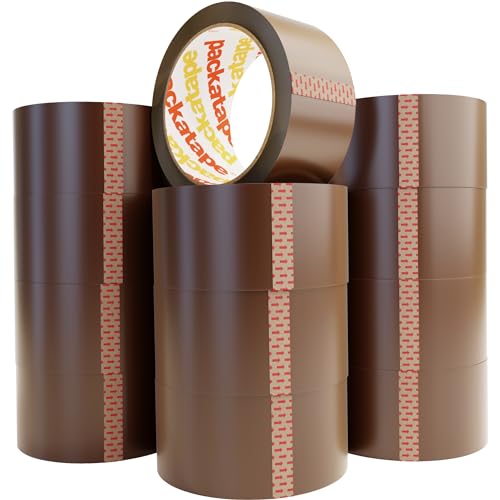Understanding the Factors that Influence the Stickiness of Packing Tape
When it comes to packaging and shipping items, one of the most essential tools is packing tape. It provides a secure seal and ensures that the contents of a package stay intact throughout the shipping process. However, have you ever wondered how long packing tape stays sticky?
The Role of Adhesive Materials
The stickiness of packing tape is determined by the adhesive material used. The most commonly used adhesive materials for packing tape are acrylic and hot melt. Acrylic adhesive has good initial tack and a consistent level of adhesion. It is suitable for general-purpose applications and can maintain its stickiness for a long time. On the other hand, hot melt adhesive provides a stronger initial tack and is ideal for heavy-duty applications. However, it may lose its stickiness over time due to temperature changes or exposure to UV light.
Factors that Influence Stickiness
While adhesive materials play a significant role in determining the stickiness of packing tape, several other factors can influence its longevity. These factors include:
- Tape Application: The method of applying packing tape can impact its stickiness. Proper application, such as firmly pressing down the tape to ensure maximum contact with the surface, helps to improve adhesion and prolong stickiness.
- Surface Type: The type of surface the tape is applied to can affect its stickiness. Smooth surfaces like glass or plastic provide better adhesion compared to rough or uneven surfaces like corrugated cardboard.
- Temperature: Extreme temperatures can affect the stickiness of packing tape. High temperatures can soften the adhesive, causing it to lose its stickiness, while low temperatures can make the adhesive brittle and reduce its effectiveness.
- Humidity: High humidity levels can impact the stickiness of packing tape. Moisture in the air can interfere with the adhesive’s ability to bond with the surface.
- Exposure to UV Light: Ultraviolet (UV) light can degrade the adhesive material used in packing tape. Prolonged exposure to sunlight or artificial UV sources can cause the adhesive to weaken and lose its stickiness.
Factors That Affect Tape Storage Time
Proper storage also plays a crucial role in maintaining the stickiness of packing tape. Here are some factors that can affect the tape storage time:
- Storage Conditions: It is essential to store packing tape in a cool and dry environment. Exposure to high temperatures, humidity, or direct sunlight can accelerate the degradation of the adhesive, causing it to lose its stickiness more quickly.
- Storage Duration: The length of time that packing tape can stay sticky varies depending on its storage duration. Most packing tapes have a shelf life of about one to two years. However, it is important to check the manufacturer’s recommendations for specific tape types.
- Storage Position: Storing packing tape in an upright position, with the adhesive side facing down, can help prevent dust or debris from settling on the adhesive surface. This ensures better stickiness when the tape is applied.
Extending the Lifespan of Packing Tape
To maximize the stickiness of packing tape and ensure it stays effective for as long as possible, here are some tips to follow:
- Choose packing tape with a suitable adhesive material for your specific needs. Consider the type of surface, temperature, and humidity conditions your packages may be exposed to.
- Properly clean and prepare the surface before applying the tape. Dust, dirt, or moisture can interfere with the adhesion process.
- Apply the tape firmly and evenly, ensuring maximum contact with the surface.
- Store the tape in a cool, dry place away from direct sunlight and extreme temperatures.
- Check the manufacturer’s recommendations for specific storage conditions and shelf life.






